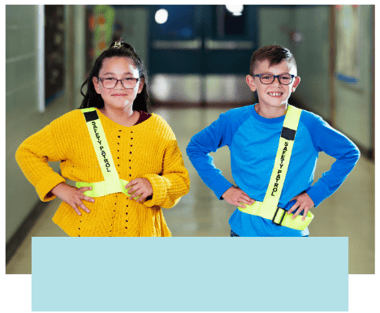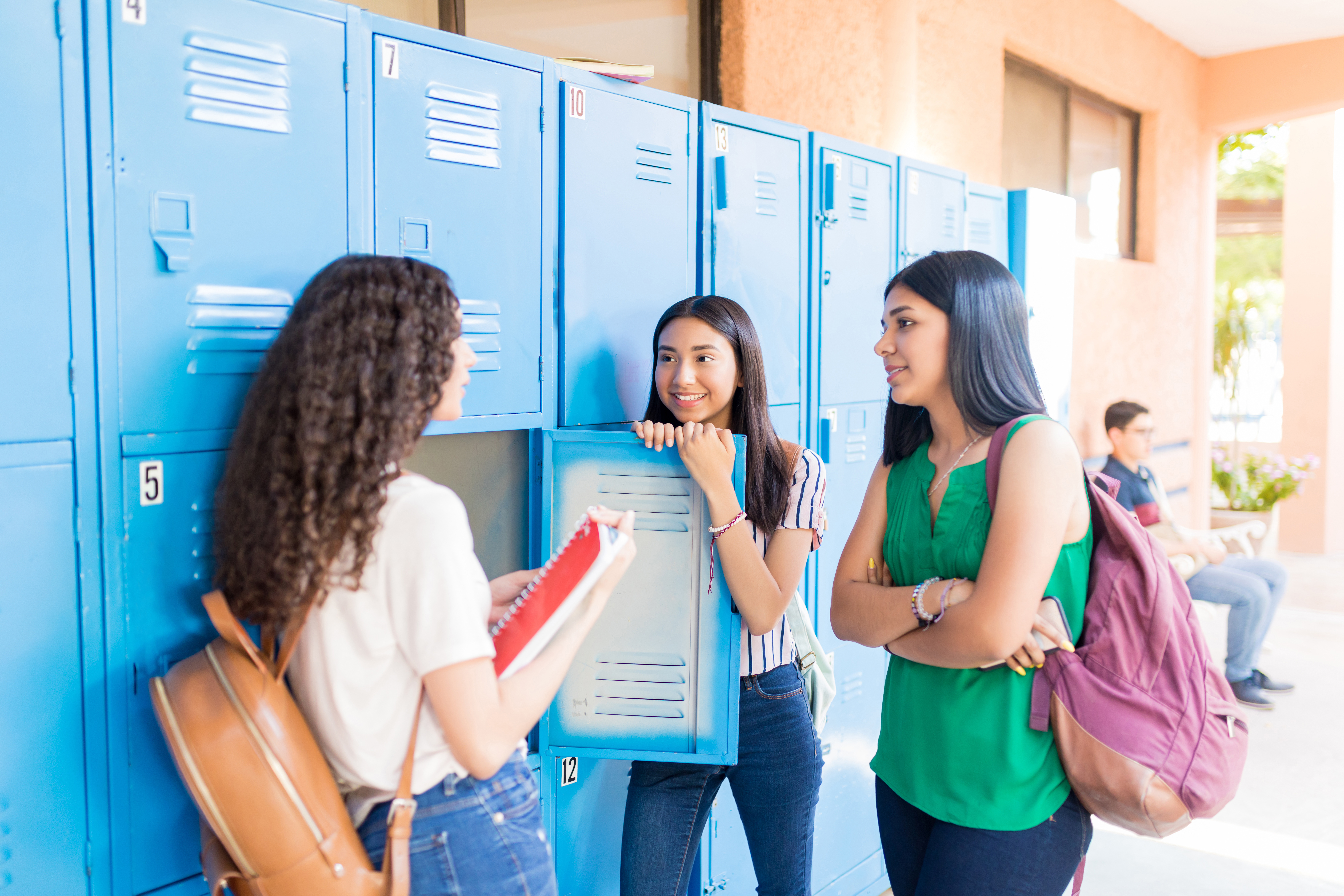Accessibility drives a lot of decisions in educational institutions, and rightfully so. Ensuring students, staff, and visitors can access every entrance, room and exit they need takes strategic and dedicated planning. Security procedures and safety measures play an important role in the accessibility of a school.
In this article, we will discuss five ways to make your school’s safety and security protocol accessible.
1. Ensure Physical Accessibility
Schools are legally required under laws like the Americans with Disabilities Act (ADA) and the Individuals with Disabilities Education Act (IDEA) to provide safe and accessible environments for all students. That includes ensuring escape routes and emergency exits are usable for individuals with mobility challenges (e.g., ramps, elevators, or designated areas of refuge). Emergency instructions should be posted at an appropriate height and, where possible, include Braille.
2. Use Clear and Inclusive Language
Schools contain a wide range of people of different ages, backgrounds, and abilities. Safety and security protocols should be written in a way that someone with little knowledge of security can understand the critical aspects of said protocols. Avoid jargon and complex terminology in any policies that will be shared with non-security staff, teachers, and students. Using plain language ensures policies can be understood by anyone in the event of an emergency. Another consideration is to translate security policies into multiple languages if your school has a diverse community.
3. Provide Multi-Format Access
Ensuring access to your school’s safety and security protocol can be achieved in a variety of ways. Like any policy, it is essential to communicate your security plans in multiple ways to achieve the highest chance of awareness, compliance, and coordinated response during an emergency.

Distribute safety protocols in various formats to reach different audiences at your school:
- Printed handbooks and posters in common areas
- Digital PDFs on the school website and intranet
- Audio versions or videos for people with visual or reading difficulties
It is also important to consider your audience. For example, the security policies you want to share with teachers might best be presented in person first, emailed after the session, and distributed as a physical handout they can keep in their classroom. Your custodians or other support staff might need more in-depth training on how to lock down high-risk or vulnerable areas, so sharing a video with instructions on the protocol that they can easily refer to on their mobile devices could be a great way to give them access to the protocol.
4. Conduct Regular Trainings and Drills
Regular training and drills are not only imperative to the success of your safety protocol; they are also required by law. Lockdown drills, designed to prepare students and staff for potential threats such as active shooters, are mandated in numerous states. While there is no overarching federal requirement, at least 37 states have laws requiring schools to conduct active shooter or lockdown drills annually.
Fire drills are mandated in all U.S. states, but the specific requirements such as frequency, timing, and documentation vary by state. The National Fire Protection Association (NFPA) provides guidelines recommending regular emergency egress drills. These guidelines are often adopted or adapted by states and local jurisdictions.
Schools should hold scheduled and spontaneous safety drills (fire, lockdown, evacuation, etc.) and make sure everyone knows what to do. Provide training sessions for students, teachers, and staff—especially new members or substitute personnel, so everyone knows what to do when an emergency happens.
5. Assign Safety Liaisons or Ambassadors
Security resource officers (SROs) or school security guards have a lot of responsibilities throughout the day. Some schools might not have a dedicated SRO or security guard on site every day. Designating trained staff members or student leaders as safety liaisons who can help explain protocols, answer questions, and support others during drills or emergencies makes your security protocol available to more people in your school. This creates a peer-to-peer support system and ensures help is available in real time. Safety liaisons are a great way to empower students and staff to be involved with security planning and make safety a priority.
Final Thoughts
Making your school’s safety and security protocols accessible is an important commitment to equity, preparedness, and care. When everyone knows what to do, where to go, and how to help, your school becomes not only safer but more united.
Accessibility isn’t just about compliance—it’s about care, clarity, and community readiness. The Cook & Boardman team offers comprehensive safety inspections and fire/life safety solutions to help schools meet regulations, close security gaps, and ensure everyone is protected.
Schedule a security assessment of your school today and take the first step toward a safer, more inclusive campus.
Please note: Assessment requests are subject to availability based on your location. If your area is outside our current service range, we will follow up to let you know as soon as possible.




